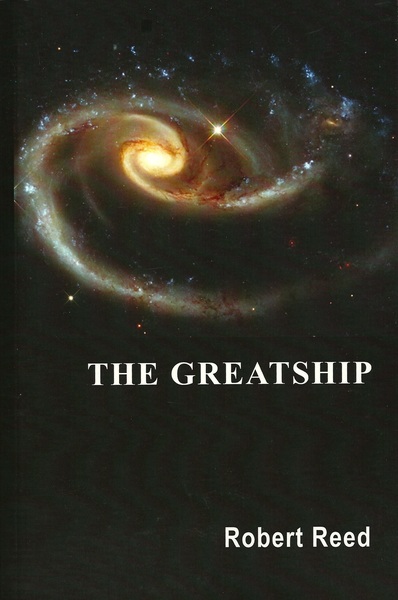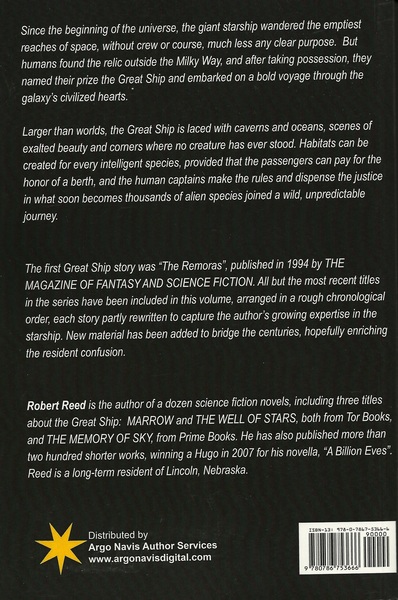Need Some Cthulhu?
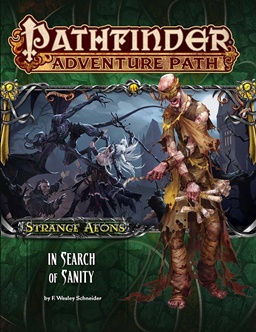 Way back in 2003, The Shackled City began appearing in the pages of Dungeon magazine. Spread over twelve installments, it let characters adventure in a connected storyline from first to twentieth level and really, it was the first incarnation of the modern Adventure Path. Paizo followed this up with two others, Age of Worms and Savage Tide. A post about the real evolution of the Adventure Path, going back to the ‘Giants’ modules from TSR, would be a pretty interesting read. But that’s not this post.
Way back in 2003, The Shackled City began appearing in the pages of Dungeon magazine. Spread over twelve installments, it let characters adventure in a connected storyline from first to twentieth level and really, it was the first incarnation of the modern Adventure Path. Paizo followed this up with two others, Age of Worms and Savage Tide. A post about the real evolution of the Adventure Path, going back to the ‘Giants’ modules from TSR, would be a pretty interesting read. But that’s not this post.
Paizo lost Dungeon when Wizards of the Coast brought it back in-house. As we all know, Paizo went from developing 3.5 materials to the massively successful Pathfinder RPG. And at the heart of Pathfinder has been the Adventure Path: a six module, linked storyline, written by multiple authors, covering levels 1 to 20. Rise of the Runelords kicked things off in 2007-2008 (I highly recommend the Anniversary Edition ) and later this month, Paizo’s nineteenth Adventure Path comes out.
That’s 114 modules of adventuring. Wow. They range all over the Pathfinder world of Golarion and really showcase what a fantastic campaign world it is. I put it up there with the Forgotten Realms as my favorite (I’m not a big Greyhawk guy, myself).
Bet you wondered if I was ever gonna pay off the post’s title, didn’t you? Well, I am. Here’s a description of Strange Aeons:
In a distant land polluted by an alien menace from beyond the stars, a great cancer grows within the earth. As its tendrils reach out through the dreams of those who learn and study its existence, a sinister cult grows more active in preparing the way for a devastation that will destroy more than the minds of would-be heroes. Can the adventures reclaim lost memories in time to stop the advance of a cataclysmic contagion that could threaten all of Golarion? Can they resist the mind-shattering truths revealed by the Yellow Sign, and the monstrous force it symbolizes? The Strange Aeons Adventure Path pits the heroes against the cosmic horrors of the Cthulhu Mythos, with new monsters, mind-shattering terrors, and explorations far beyond the known lands of Golarion.
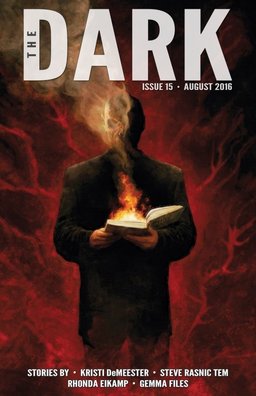
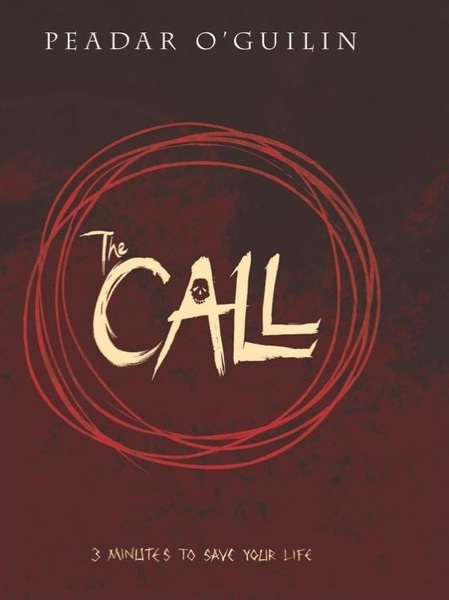
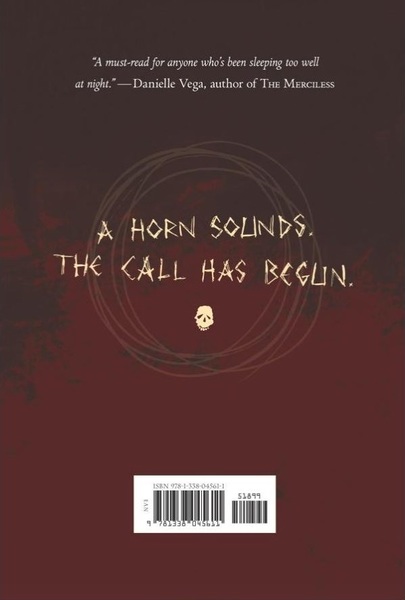
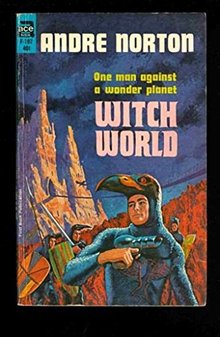 I don’t think there is any one today who doesn’t know that Andre Norton was really Alice Mary Norton, which makes her portrayal of female characters more interesting than it would be otherwise. Much of her fiction was written prior to the politicization of the feminist movement (or at least widespread public awareness of it) so it isn’t surprising that in many respects her characters reflect the traditional, male-centric, social attitudes that we would expect from that time period.
I don’t think there is any one today who doesn’t know that Andre Norton was really Alice Mary Norton, which makes her portrayal of female characters more interesting than it would be otherwise. Much of her fiction was written prior to the politicization of the feminist movement (or at least widespread public awareness of it) so it isn’t surprising that in many respects her characters reflect the traditional, male-centric, social attitudes that we would expect from that time period.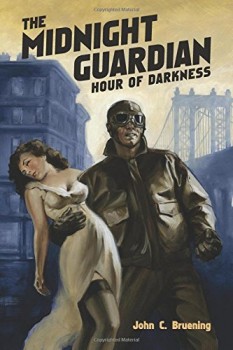
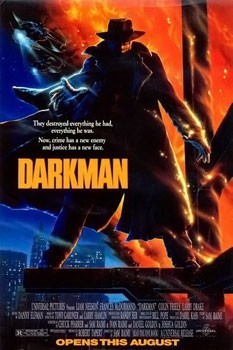

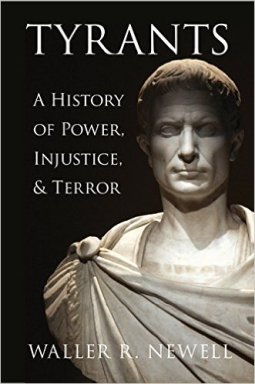
 Sunday, July 17, began early for me. I went down to the Hall Theatre to watch Parasyte: Part 2 (I’ve written about it
Sunday, July 17, began early for me. I went down to the Hall Theatre to watch Parasyte: Part 2 (I’ve written about it 